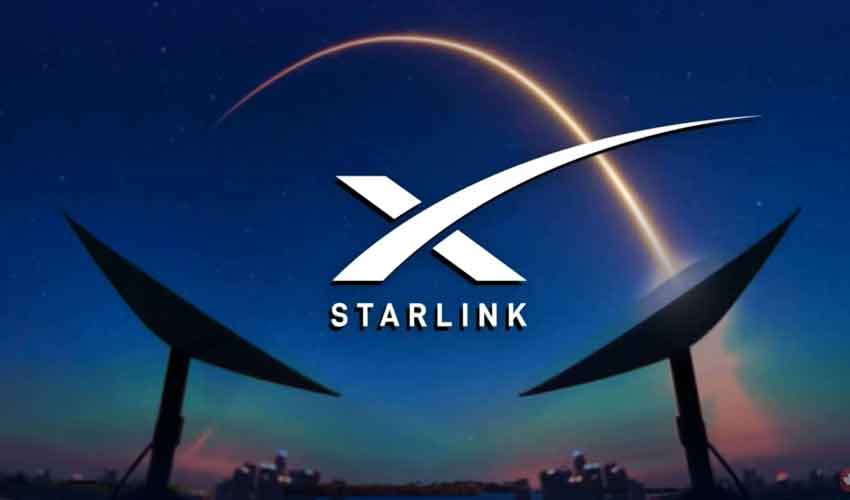justineanweiler.com – In the age of digital transformation, reliable internet connectivity has become a necessity. However, for many remote and underserved areas, access to high-speed internet remains a challenge. Enter Starlink, the ambitious satellite internet project developed by SpaceX, which promises to bridge this connectivity gap by leveraging an innovative satellite network in low Earth orbit (LEO). But how exactly does Starlink work? Let’s delve into the mechanics behind this groundbreaking technology.
The Basics of Satellite Internet
Traditional satellite internet relies on large geostationary satellites that orbit at altitudes of about 35,000 km above Earth. While these satellites can cover vast areas, their high altitude introduces significant latency and limits internet speed.
Starlink revolutionizes this model by deploying a constellation of smaller satellites much closer to Earth, in orbits ranging from 540 km to 1,200 km. This proximity significantly reduces latency and enables faster data transfer speeds, bringing satellite internet performance closer to that of fiber-optic connections.
The Components of the Starlink System
- The Satellites
Starlink satellites, weighing approximately 260 kg each, are designed to operate in interconnected “constellations.” Each satellite is equipped with:- Phased-array antennas for high-speed data transmission.
- Ion thrusters powered by krypton gas to maintain their orbits and avoid collisions.
- Inter-satellite links (laser communication) enabling satellites to communicate with each other, minimizing reliance on ground stations.
- The Ground Terminals
Customers access Starlink via a user terminal, often referred to as a “dish.” This device is:- Flat-panel and phased-array, capable of automatically aligning itself to connect with the best satellite overhead.
- Compact, weather-resistant, and easy to install, making it suitable for remote locations.
- The Gateways
Ground stations or “gateways” link the Starlink satellites to the terrestrial internet backbone. These stations are strategically placed to ensure data can seamlessly travel between users and the broader internet.
How Starlink Delivers Internet
- Data Transmission
When a user sends a request (e.g., loading a webpage), the ground terminal communicates with the nearest overhead satellite.- The satellite relays the signal either to another satellite via laser links or directly to the nearest gateway.
- The gateway connects the signal to the internet backbone, retrieves the requested data, and sends it back to the satellite.
- Global Coverage
The interconnected satellite network allows data to travel across the globe in milliseconds. As more satellites are launched, coverage expands, enabling reliable internet even in the most remote locations.
Advantages of Starlink Internet
- Low Latency: Ideal for activities like video conferencing and online gaming, with latency as low as 20-40 ms.
- High Speeds: Current speeds range from 50 Mbps to 250 Mbps, with potential for even faster connections as the system matures.
- Accessibility: Provides connectivity in regions where laying fiber-optic cables or building cell towers is impractical.
Challenges and Future Prospects
While Starlink shows immense promise, it faces challenges:
- Cost: The user terminal and monthly fees may be high for some users.
- Space Debris: The sheer number of satellites raises concerns about orbital congestion and debris management.
- Competition: Rivals like Amazon’s Project Kuiper and OneWeb are also developing LEO satellite constellations.
Despite these challenges, SpaceX aims to deploy tens of thousands of satellites, achieving near-global coverage. With continuous innovation, Starlink is set to transform the way we connect, making high-speed internet a reality for millions worldwide.
Starlink’s vision to provide universal internet access is a testament to human ingenuity. By combining advanced satellite technology with a user-focused approach, it stands poised to redefine global connectivity and usher in a new era of communication.





